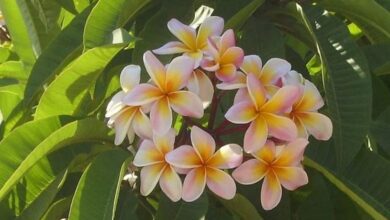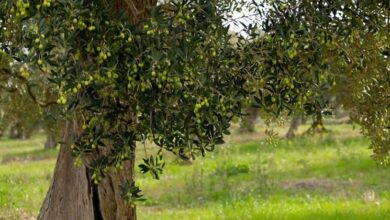Deutzia
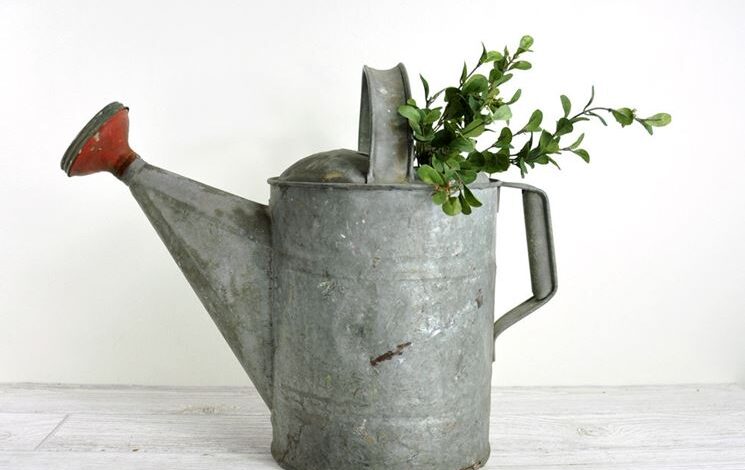
Watering, exposure and pruning
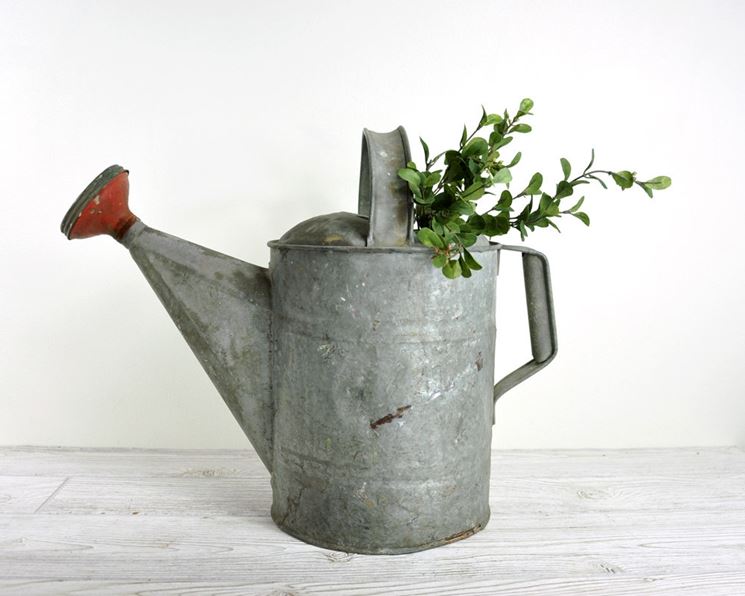
deutzia yuki» width=»745″ height=»447″ longdesc=»/giardino/piante-da-giardino/deutzia.asp»>The multiplication of Deutzia occurs by cuttings or by burying the bulbs. The first method, more recommended, consists in taking a semi-woody branch of about 10 cm from the «mother plant» which, after a treatment based on «rooting hormones», is placed in a substrate consisting of sand and soil. After rooting, the plant should be placed on the ground. At the base of the hole that will host the young Deutzia, fine gravel is placed, to favor the drainage of the water, then a layer of soft manure and, therefore, fresh, humid and fertile earth. Too clayey soils should be mixed with mature manure. If the «cutting» takes place in summer, the branches to be cut are those that are no more than one year old; instead, if the cutting is taken in early autumn,
Fertilization
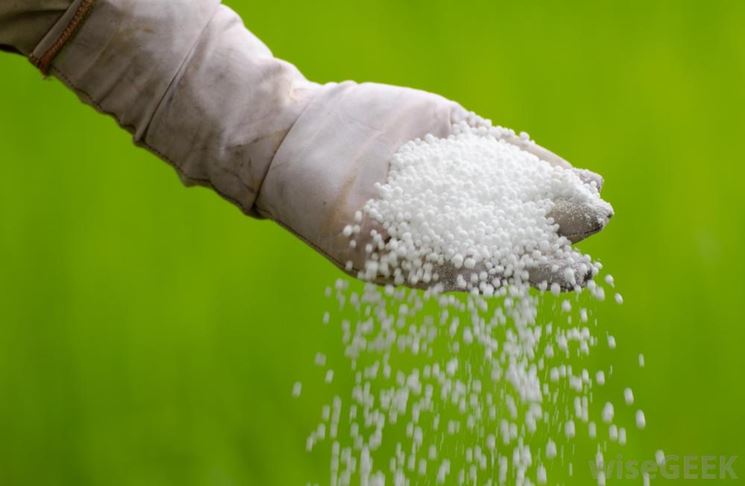
The fertilization of Deutzia is recommended at the end of winter, to support the plant throughout the growing season: a slow release granular «ternary» fertilizer is used to sprinkle at the base of the plant. To grow well, Deutzia needs magnesium, phosphorus, nitrogen and potassium, as well as all trace elements, such as: cobalt, zinc, iron and manganese. If you notice a discoloration of the foliage, it is likely that the plant suffers from chlorosis: in this case, it is possible to intervene by administering chelated iron diluted with water (with doses halved compared to what is stated on the product packaging). To facilitate flowering, at the beginning of March it is good to help the plant with liquid organic fertilizer low in nitrogen, nebulizing it evenly together with the watering water.
Deutzia: Diseases, parasites and remedies
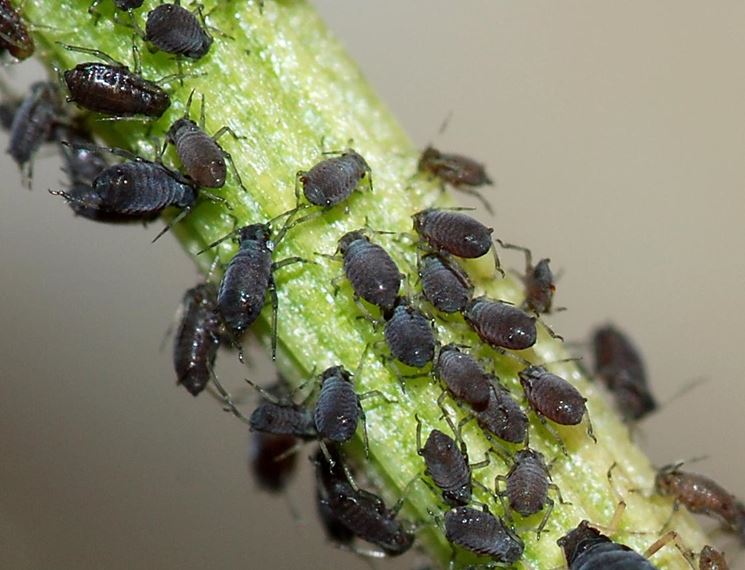
Deutzia can get sick with chlorosis and root asphyxia, if the growing soil is not well drained, and can be affected by aphids, gracilaria syringella larvae and some fungal diseases. Chlorosis and root rot manifest themselves with a sudden discoloration of the vegetation, the black aphids nest near the younger branches and are visually recognizable, while the other pests stain the leaves with brown and yellow. In all these cases, it is necessary to intervene promptly with specific pesticides, manually removing the aphids and pruning the damaged parts of the plant. In the case of poor soil drainage, this should be integrated with river sand. It is recommended not to use phytosanitary pesticides during the flowering period.


